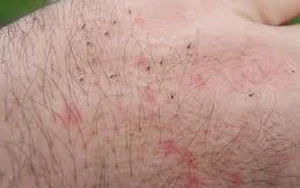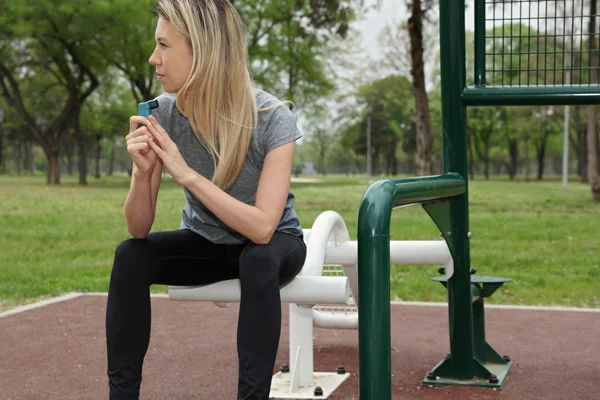Choking: First Aid Treatment
What do you do if you see someone clutching their throat, gagging? Do you slap them on the back? Perform the Heimlich manoeuvre? Do you get them to cough?
The symptoms and signs of choking will depend on the cause and severity of the obstruction. Airway obstruction may be gradual or sudden in onset and may lead to complete obstruction within a few seconds. As a result the victim should be observed continually.
A casualty who has inhaled a foreign body may be extremely anxious, agitated, making gasping sounds, coughing or may have lost their voice. This may progress to the universal choking sign (clutching the neck with the thumb and fingers).
The current ARC guidelines recommend the following treatment for choking:
Chest thrusts and back blows are effective for relieving a Foreign Body Airway Obstruction (FBAO) in conscious adults and children > 1 year of age.
Call an ambulance and perform up to five sharp, back blows with the heel of one hand in the middle of the back between the shoulder blades. Check to see if each back blow has relieved the airway obstruction. The aim is to relieve the obstruction with each blow rather than to give all five blows. An infant may be placed in a head downwards position prior to delivering back blows, i.e. across the rescuer’s lap.
If back blows are unsuccessful the rescuer should perform up to five chest thrusts. Check to see if each chest thrust has relieved the airway obstruction. To perform chest thrusts, identify the same compression point as for CPR and give up to five chest thrusts. These are similar to chest compressions but sharper and delivered at a slower rate. The infant should be placed in a head downwards supine position across the rescuer’s thigh. Children and adults may be treated in the sitting or standing position
If the obstruction is still not relieved, continue alternating five back blows with five chest thrusts.
As you can see the ARC no longer recommend the use of abdominal thrusts (Heimlich manoeuvre) in the management of FBAO and instead back blows and chest thrusts should be used.
For more information on choking treatment click here.
This Blog is courtesy of Allens Training.
Get in touch
If you have any questions regarding any of the courses on offer, please do not hesitate to contact us. Call us on 07 4098 1228 or get in touch today.











